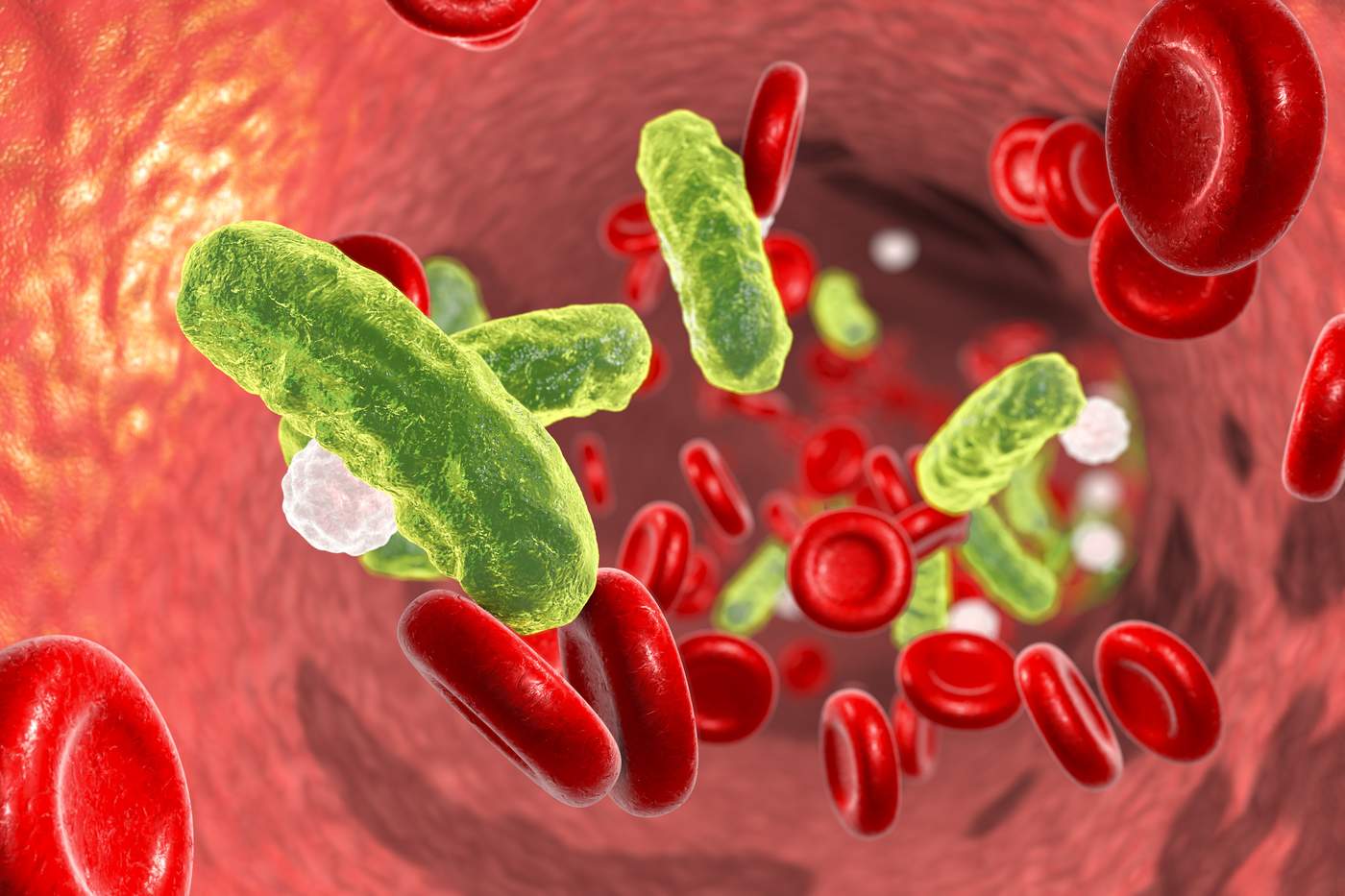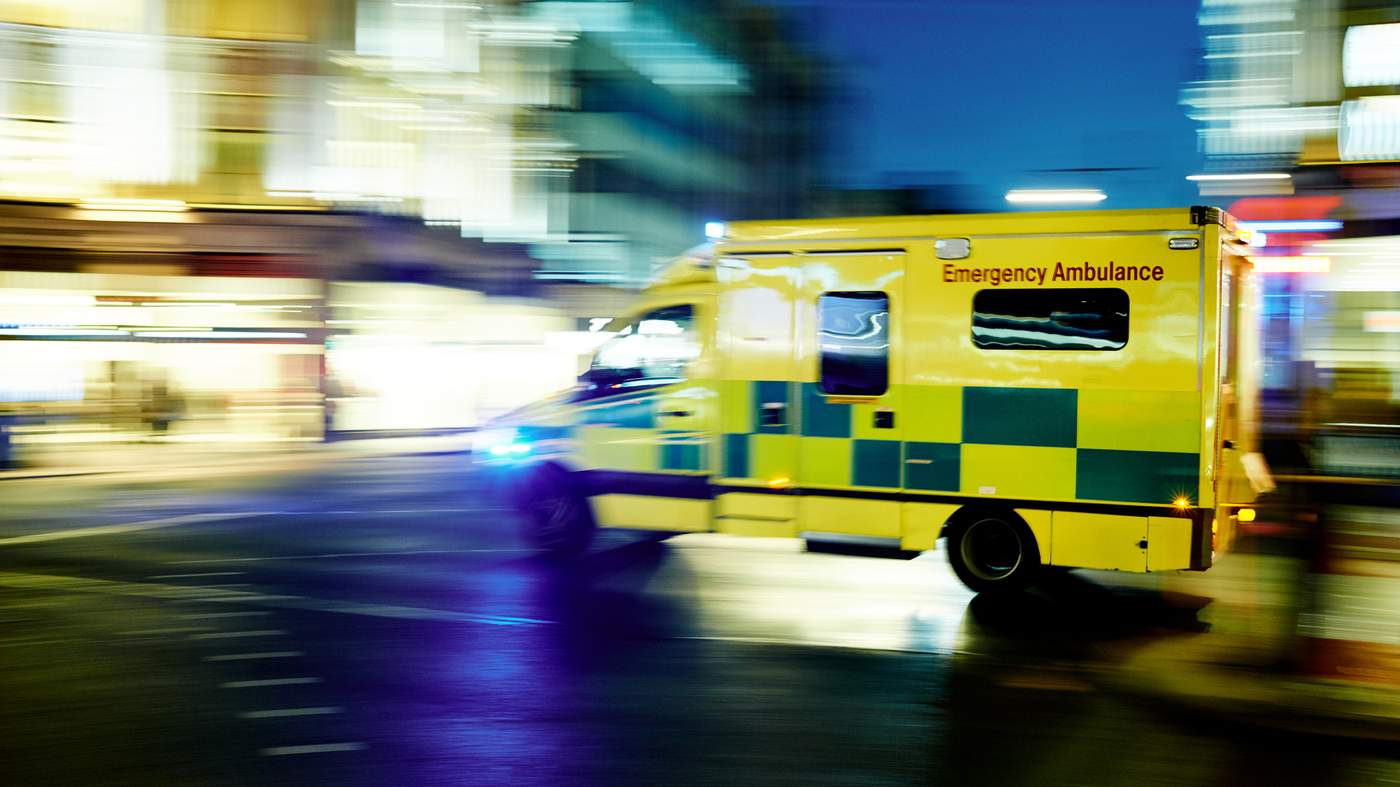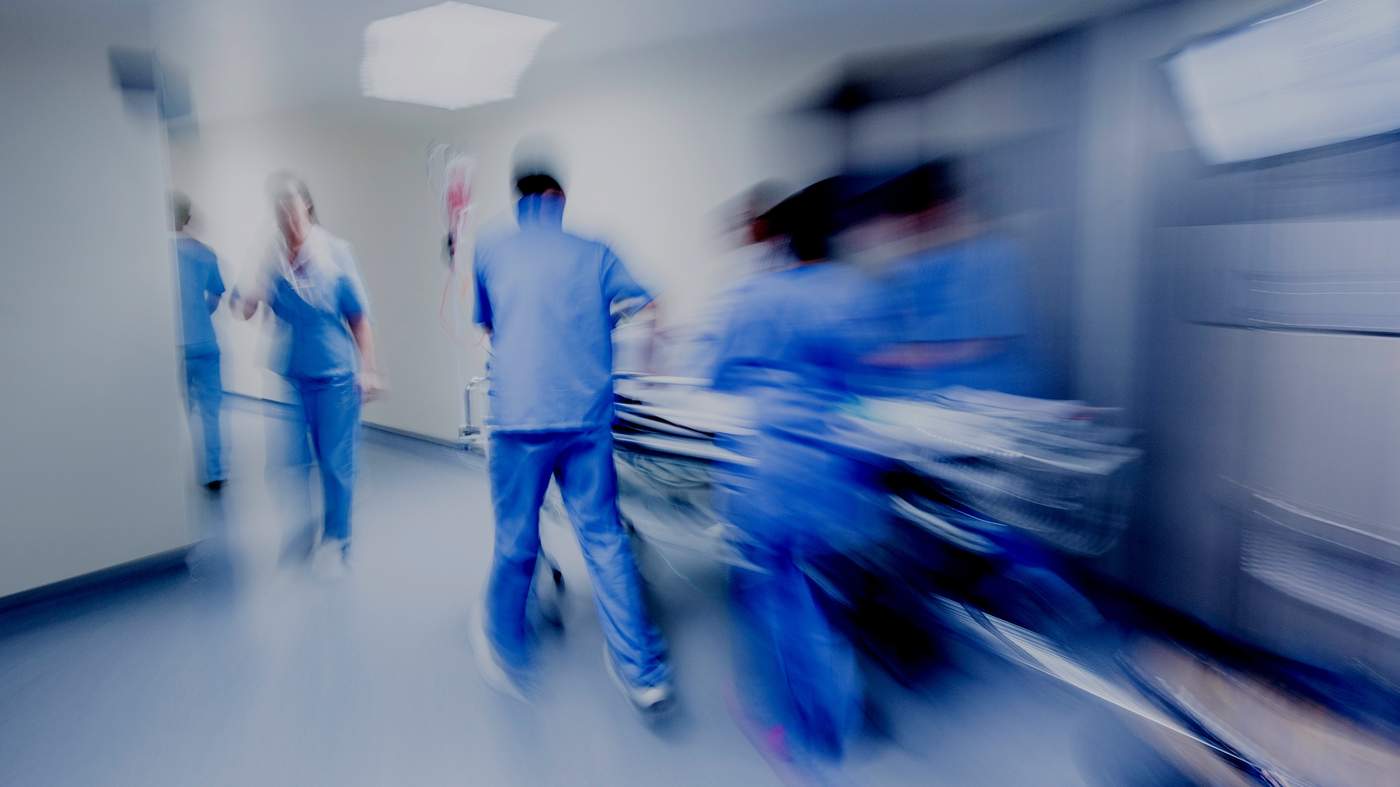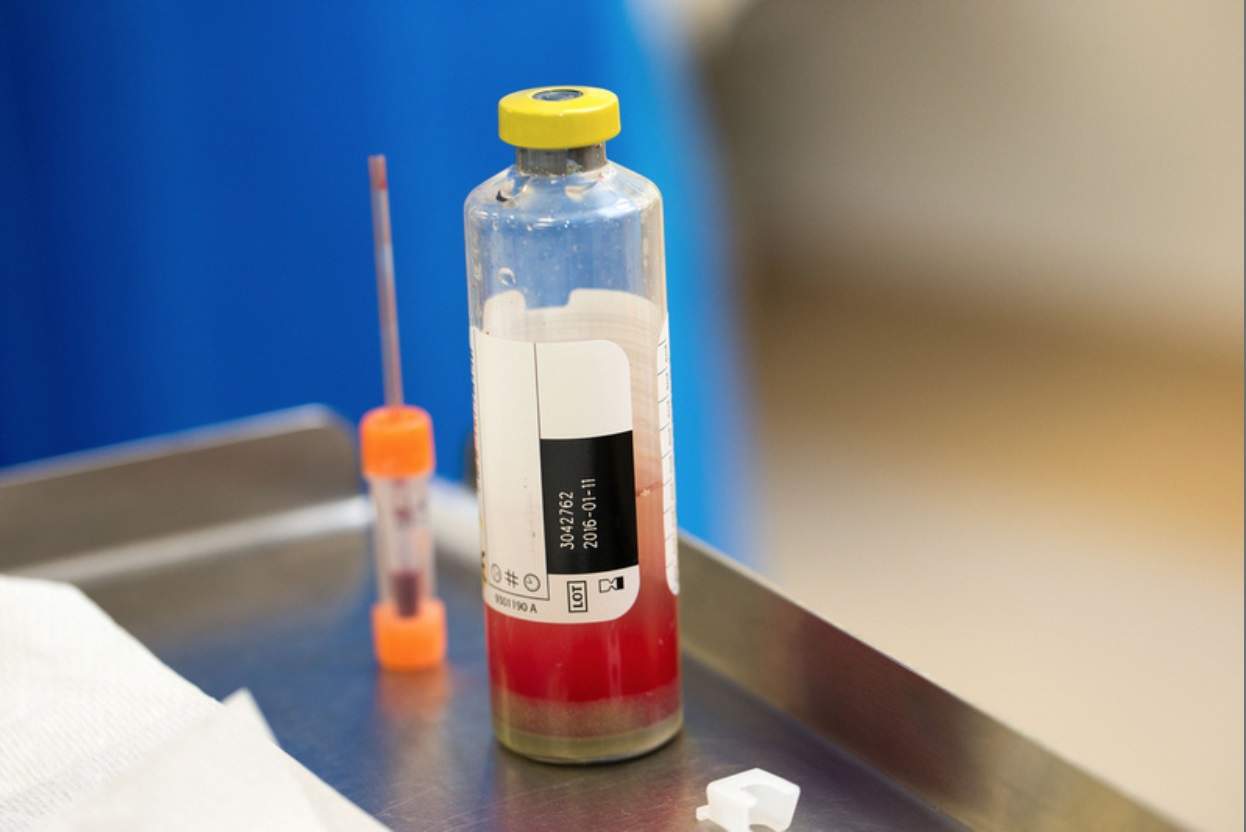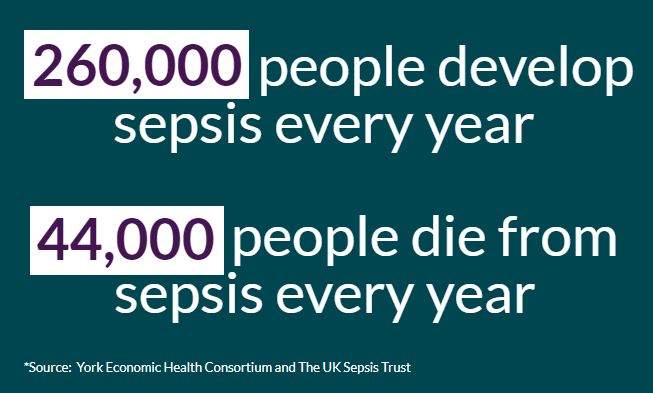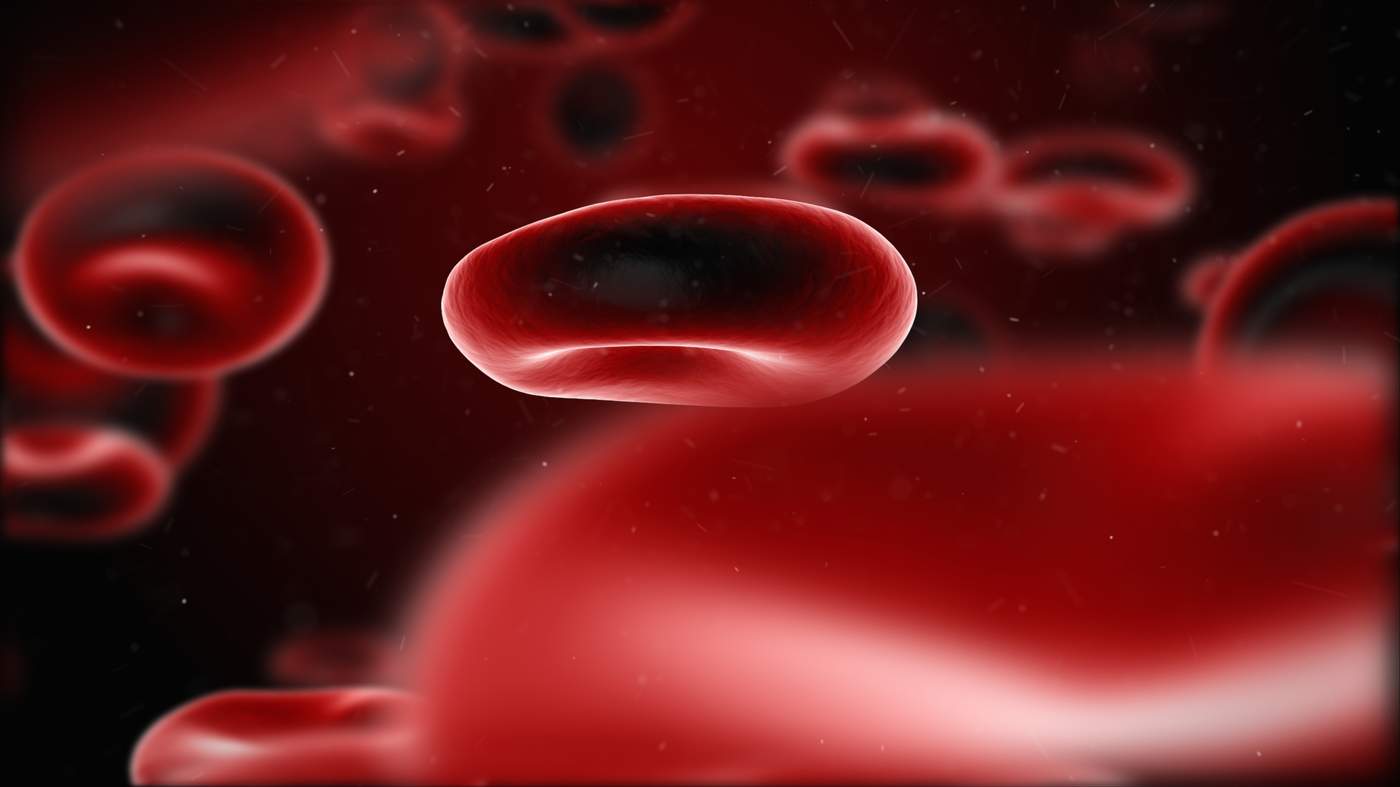"I felt ill, I just thought, I'm dying."
But Stella survived sepsis because she was treated quickly.
NICE - the National Institute for Health and Care Excellence - urges hospital staff to treat people with life-threatening sepsis within one hour, in its quality standard.
In clinical practice, this is often referred to as the 'golden hour' after diagnosis.
The standard, published on World Sepsis Day, draws out recommendations from the 2016 NICE guideline and gives advice on priority areas of care for people with sepsis.
Sepsis starts when the immune system overreacts to an infection and begins to damage the body itself, leading to organ failure and in some cases death.
Sepsis is switched on by an infection, for example, pneumonia or a urinary tract infection (UTI).
An infection that triggers sepsis can occur in any part of the body. It can be caused by a bacterial, viral or fungal infection.
The body's immune system normally keeps an infection contained in one place. It produces white blood cells to fight the infection and stop it spreading.
The tissue around the infection swells and turns red. This is called inflammation.
With sepsis, because the body's immune system is weaker or the infection is very severe, the body overreacts.
The immune system goes into overdrive and inflammation spreads through the entire body.
This can lead to dangerously low blood pressure, septic shock, and organ failure. It can cause damage to tissue and organs as oxygen can't get to them.
People with suspected sepsis can show:
· low blood pressure
· high temperature (fever) or low temperature
· fast heartbeat
· breathlessness
· feeling weak or loss of consciousness
· being confused or disorientated
· loss of appetite
· diarrhoea, nausea and being sick
· slurred speech
· low urine output
· cold, clammy and pale or mottled skin
Sepsis is treated as a medical emergency with antibiotics to fight the infection causing the illness, fluids to help organs work again, and oxygen if levels are low.
Prompt treatment means people are more likely to survive and it reduces the risk of further problems like heart failure or limb amputation.
Think sepsis
Sepsis can be difficult to diagnose as symptoms can vary from person to person. Signs can be very non-specific, for example, a high temperature, fast heartbeat or chills.
The NICE guideline urges all professionals across the NHS to think 'could this be sepsis?' in all patients who have an infection.
Professor Saul Faust from the University of Southampton who chaired the NICE guideline committee stressed that asking this question could ensure a diagnosis wasn’t missed.
By treating people who show signs of sepsis with the same urgency given to those with suspected heart attacks, Prof Faust says clinicians could rule out sepsis or get people on treatment as soon as possible.
What does NICE recommend?
Staff in any setting, from GPs to paramedics, should check people for specific signs that will show if their symptoms of sepsis are life-threatening, NICE advice says.
This includes taking their temperature or heart rate, checking for rashes and skin discolouration.
"The NICE quality standard highlights priorities in the continued fight to improve sepsis care. We know from recent case reviews that there are inconsistencies in how people’s symptoms are assessed in different settings. More can be done to provide rapid treatment.”
If someone is at high-risk of becoming severely ill or dying from sepsis, NICE says they should be rushed to hospital in an ambulance and seen by senior hospital staff immediately.
A senior doctor or nurse, who is authorised to prescribe antibiotics, can then start treatment.
NICE advice says that high-risk sepsis patients should get antibiotics and IV fluid treatment within the hour.
If it takes longer than an hour to get someone to hospital, GPs or paramedics can also administer antibiotics.
“An emphasis on timely treatment and diagnosis is crucial if we are to improve outcomes for people with sepsis, and the final quality standard could be a hugely impactful reinforcement of the NICE guideline recommendation that sepsis is treated with the same urgency as heart attacks."
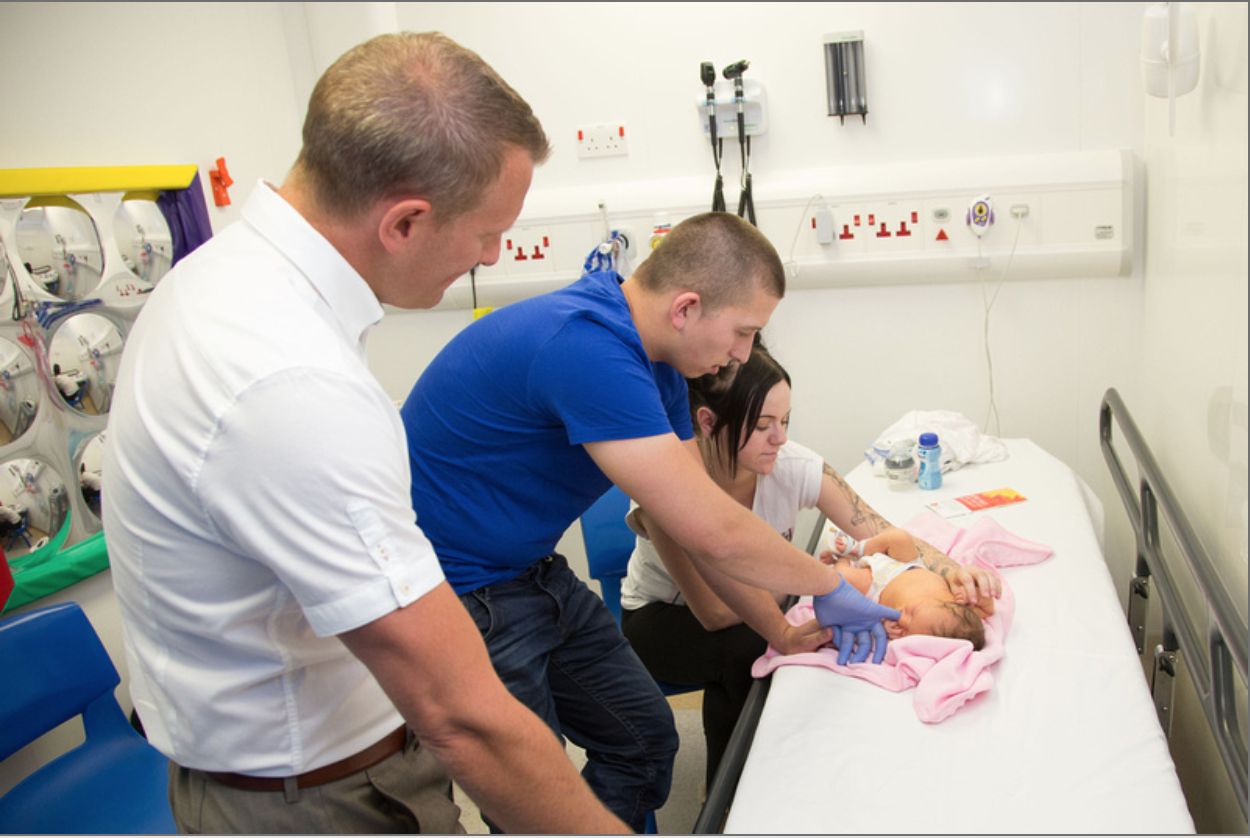
Dr Ron Daniels (left)
Not everyone with sepsis will be at risk of becoming seriously ill or dying. People who have an infection and are at low-risk of sepsis do not show the 'red flag' symptoms that include a rapid heartbeat, high temperature and clammy skin.
These people should be given information on what to do if they still feel unwell and how to further medical help, NICE’s standard says.

